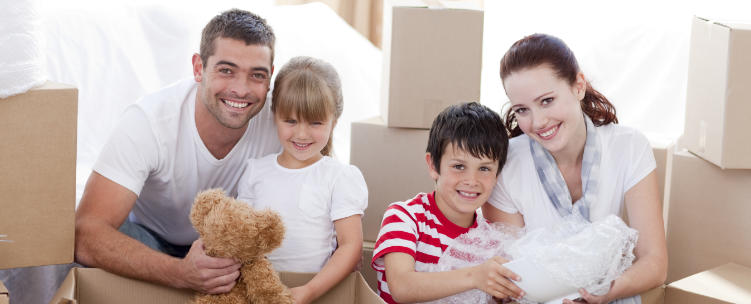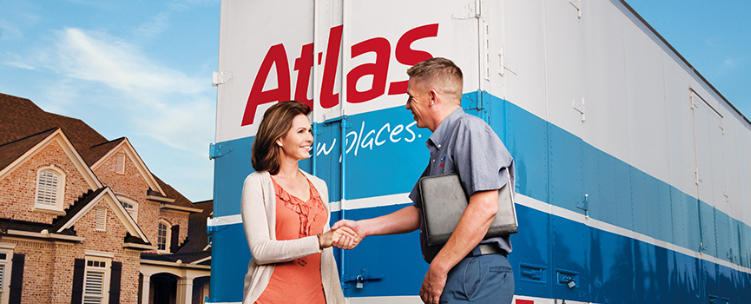There are many emotions that can surface during the process of relocating your family; excitement, stress, joy, anxiety, and relief, to name a few.
Processing all these emotions can be difficult, especially on children. After all, leaving friends, family and familiar surroundings behind isn’t easy at any age! While there are many steps you can take to help your children cope with the ups and downs of moving, the key is in communicating using the five W’s.
WHAT
The most important way to prepare a child for a move is to tell them what is happening well in advance. The more time they have to get ready, the easier the change will be. Call for a family meeting over a casual dinner and share the news. Children are very aware and receptive to behavior. As a parent, your attitude about the move will have a tremendous influence on their reaction. Being optimistic about the new experience will have a positive effect on everyone’s wellbeing.
WHEN
Start the countdown! Mark your move and important dates in the calendar for your children to see. For instance, if you are having a garage sale to purge some of your items, add it to the calendar and ask your children to help make flyers. Help them go through their belongings to decide what to keep and what to donate. Creating a timeline of events will eliminate surprises and allow your children to prepare for big occasions and changes.
WHERE
Get your children excited about all there is to see, do and explore in a new town/city! Learning all there is to know about the new destination prior to the move will help your children adjust quicker to their new settings. If your children like to play sports or go to the park, find the local recreational facilities and the nearest park to your new home. Sit down with them and do a little research on interesting attractions, restaurants and events happening nearby. Be thorough in your research so your children can get familiar and comfortable with their new home. If you can, it’s a great idea to take your children to visit the new neighbourhood before you move. If not, take pictures of your home, school, and neighbourhood to show them. Involving your children in the process as much as possible will make the transition smoother.
WHY
As the decision to move often lies in the hands of the parent(s), it is common for a child to feel forced into the situation without an opinion. Being open and truthful about the move from the beginning will help make the change seem less forceful. Start with explaining why the move is happening. Whether the reason is a job transfer, the need to downsize or upsize, etc., an explanation will help them digest and come to terms with the circumstances. This discussion should be an open and ongoing dialectic between you and your children. Make sure they are aware they can come to you anytime with questions, concerns, or to simply talk and express their feelings.
WHO
Saying goodbye to the people and places you love is never easy. It can be especially hard on children who are inexperienced in the process of moving forward. Help your children get closure and say goodbye to their friends, relatives and neighbours. Do so by preparing a list of phone numbers, emails and mailing addresses to reassure your children they can stay in touch. Coordinate a time to visit their favourite places and people, and take pictures for them to look back on. Once your move is complete, make a constant effort to help your children meet new people/children in the neighbourhood. A great way to do so is by getting involved in your local community support groups and activity clubs.


